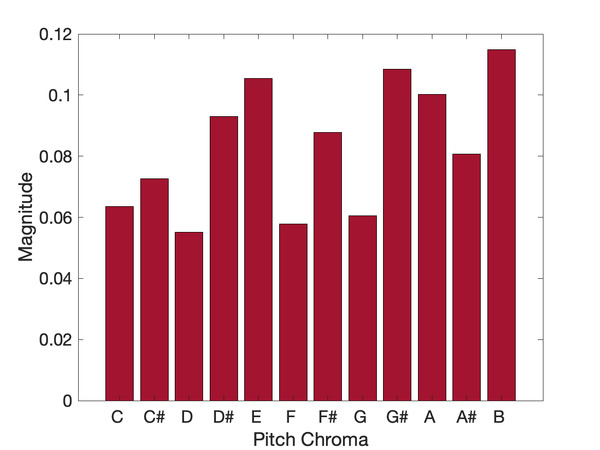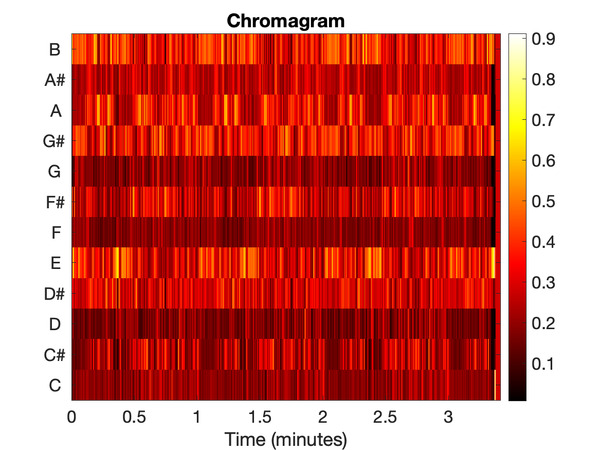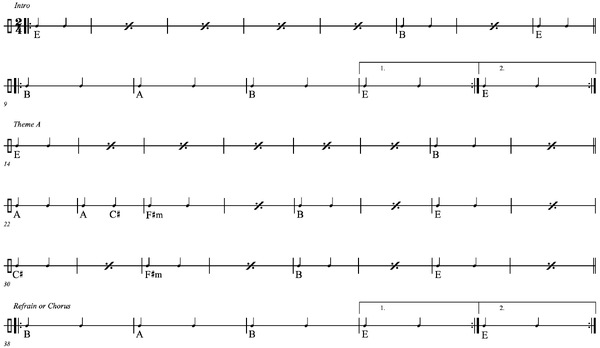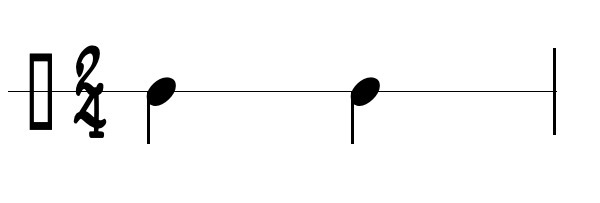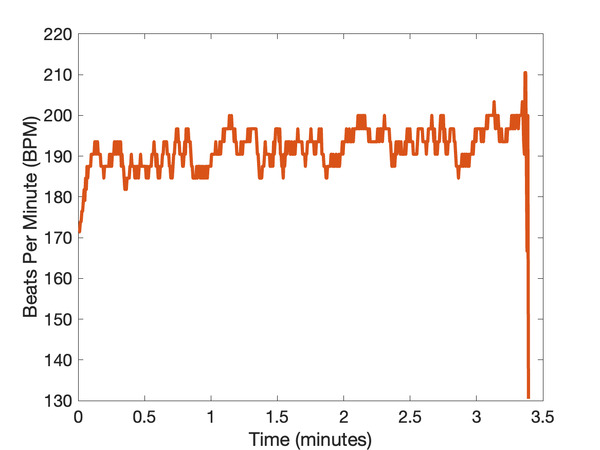- Expression
- Recording
-
- Ta dialekhtá paidiá
- Greek
-
- Studio
- 09 June 1951
- Ninou, Marika (1922-1957) [1st voice] | Tsaousakis, Prodromos [2nd voice] | Eustathiou, Spyros [3rd voice]
- Tsitsanis, Vassilis (1915-1984) [Three-string bouzouki] | Eustathiou, Spyros [Three-string bouzouki] | Athanasiou, Anestis (1912-1984) [Baglamas] | Margaroni, Evangelia [Piano] | Hrysinis, Stelios [Folk guitar]
-
- E major
- Matzore (Mode)
-
- no
-
- CG 2828
-
- 1536-8223
-
- 03' 19''
-
-
Ímaste alánia, dialekhtá paidiá µésa stin piátsa
kai den tin tromázoun i fourtoúnes ti dikí µas rátsaTi ta thes, ti ta thes pánta étsi ín’ i zoí
tha yelás í tha klais vrádi kai proíKáthe mas µeráki yínetai tragoúdi kai to léme
kai mes sta strapátsa máthame poté mas na min klaímeTi ta thes, ti ta thes pánta étsi ín’ i zoí
tha yelás í tha klais vrádi kai proíKi an stin kinonía mas khtipoún alípita i mpóres
mésa sto tragoúdi févgoune haroúmenes i óresTi ta thes, ti ta thes pánta étsi ín’ i zoí
tha yelás í tha klais vrádi kai proí
-
-
Computational Extraction (explanation of audio terms)
- csv
- csv
- The bar plot shows the time-averaged chromagram values normalized to unity. The CSV files contain the numerical data used to generate the bar plot and chromagram. The peaks of the chromagram and bar plots correspond to the most prominent notes being played or sung. In most cases, the most prominent peak in the bar plots corresponds to the tonic of the most prominent dromos/mode. In other cases, it may also correspond to the fifth and, less frequently, to the third of the mode (or modes). Note also that, due to the harmonization of folk-popular modes, the chromagram and bar plots may exhibit peaks on the second and (natural) seventh modes.
-
Computational Extraction (explanation of audio terms)
- 194
- 188 - 197
- csv
- The CSV file contains the numerical data used to generate the tempo curve. The tempo curves often look jagged instead of showing a smooth progression and may exhibit sharp peaks (abrupt changes) at particular times. This could be due to actual tempo variations, changes in time signatures, or rhythmic inconsistencies within the piece. However, it can also result from the mechanics and parameters of the algorithm used. The algorithm relies on an onset detection function, which may be irregular due to masked or extra (and out-of-sync) onsets. For example, loud and long sustained vocals may mask the onsets of other instruments. Another factor is the choice of window length used in the analysis. Longer windows produce smoother tempo curves, but we opted for shorter ones in order to capture abrupt changes, which may be related to the overall form of the piece and could also be useful for thematic segmentation. The global tempo and tempo range of the piece were computed using the median value and the interquartile range of the tempo curve. However, note that in most cases, the estimated tempo is twice (or half) the transcribed music-theoretical tempo. This occurs because the algorithm aims to track the predominant pulse of the music in a physical (or acoustic) sense, which may be faster or slower than the metrical levels indicated by notational conventions used in music transcription.
-
- University of Ioannina
| Form | Tonic centers | Structural entities | Modal context | Comment |
|---|---|---|---|---|
| Intro | I | Major | Matzore | |
| Major | low register V | |||
| Theme A | I | Major | Matzore | |
| Major | low register V | |||
| Theme Β | I | Major | Matzore | |

